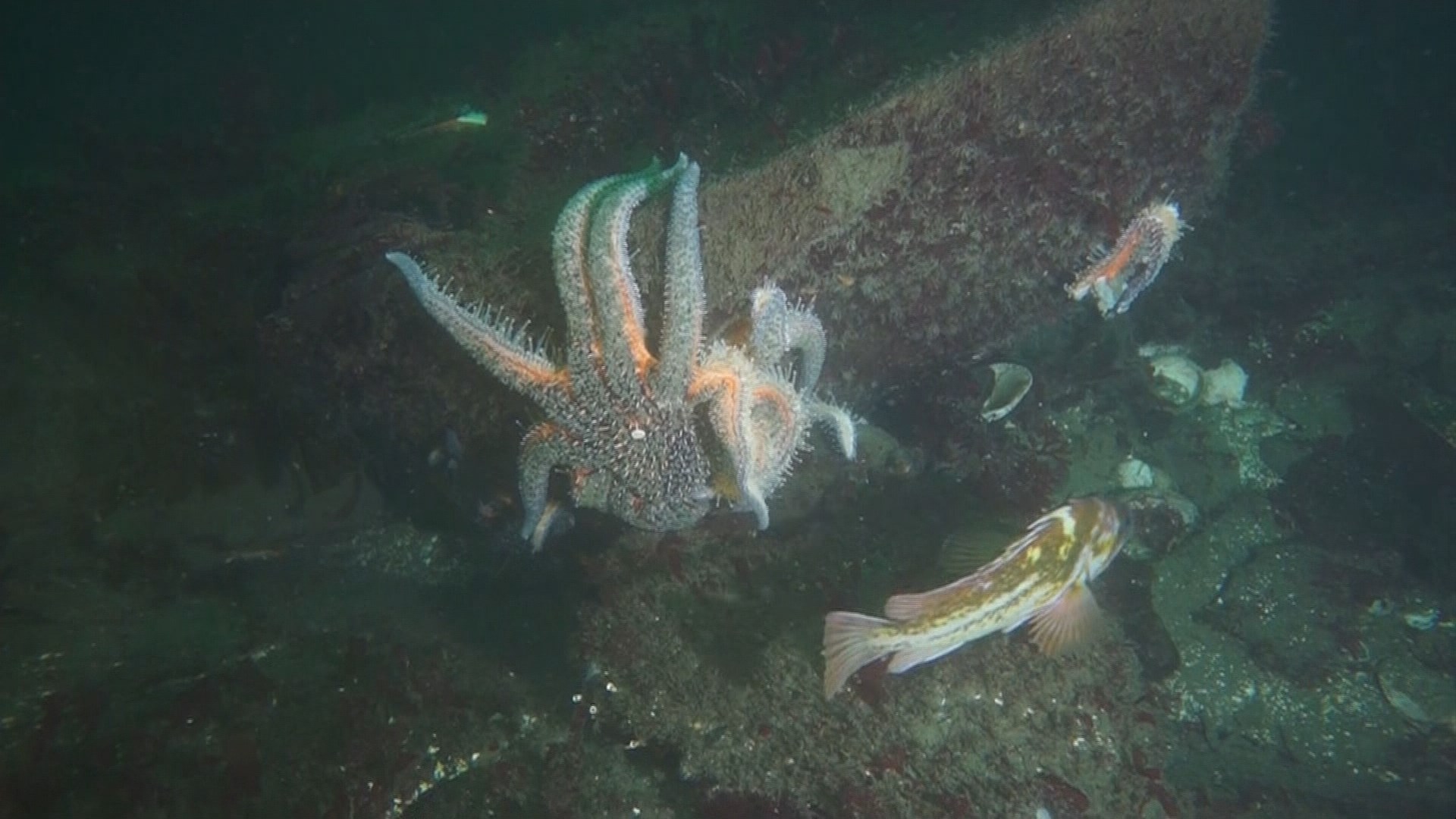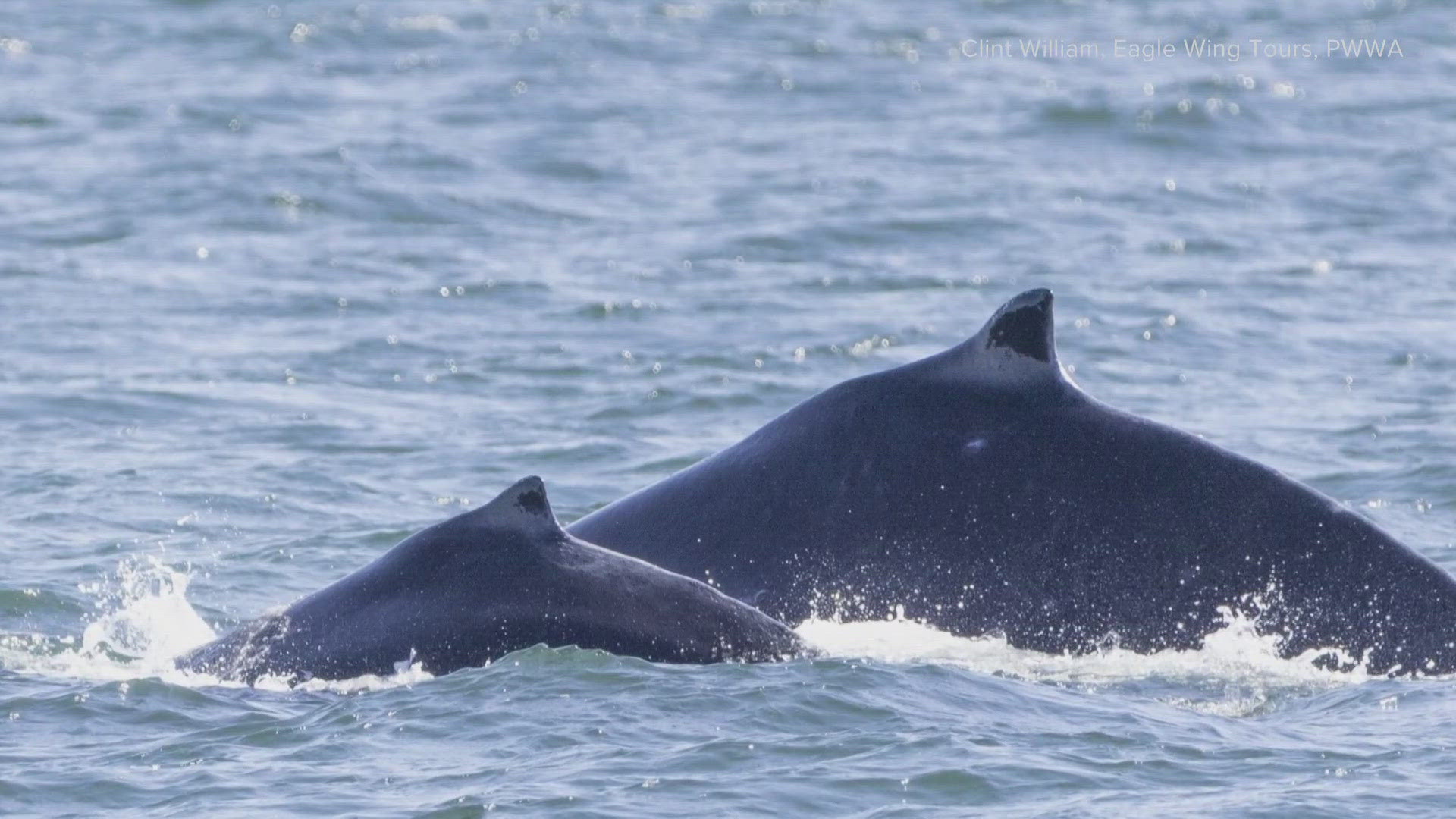Scientists from across the country met in Seattle last week to discuss their research about the recent mass sea star die off.
They are making progress in their efforts to understand why sea stars are dying at such rapid rates -- they're calling it the largest wildlife die-off ever recorded.
Several years ago, researchers identified what they began calling Sea Star Wasting Disease. They've determined the disease is associated with certain bacteria and a virus that's likely in the same family as the Parvovirus, which affects dogs and cats.
The virus causes the sea star reproductive system to swell. They believe environmental factors are aggravating the issue, and likely working in combination with viral or bacterial infections.
Experts are also discussing whether it's time to list the species as endangered. They say listing comes with both positive and negative consequences, such as increased funding for research but also more red tape.
"They've gone from being one of the most common species in the Puget Sound to 2-3 years later, being incredibly hard to find," Lesanna Lahner said.
Lahner is the Seattle Aquarium veterinarian who hosted the sea star symposium. Whatever is killing sea stars, it doesn't affect all of them the same way. That means, the die-off probably has environmental causes, like water temperature, acidification or toxins.
"No pathogen has ever wiped out its host population without being pushed significantly by some other environmental factor," explained Ian Hewson. "This is the single largest, most-geographically widespread marine disease that's ever been recorded."
After a few years of research, the group also knows more about how the disease works. One major observation is that the infected sea star reproductive systems are inflamed.
Its already started to change the ecosystem, since sea stars are major predators. Their food source, sea urchins, are growing in number and size. Now, experts are talking about whether sea stars should be listed as endangered.
"Listing a species does carry with it some advantage in terms of funding, but certainly no one wants to use poor science to make that call," Martin Haulena said.
Haulena is Vancouver Aquarium's veterinarian. He and others know, securing federal protection for sea stars can also add challenges for research, but some species already face the possibility of extinction.


